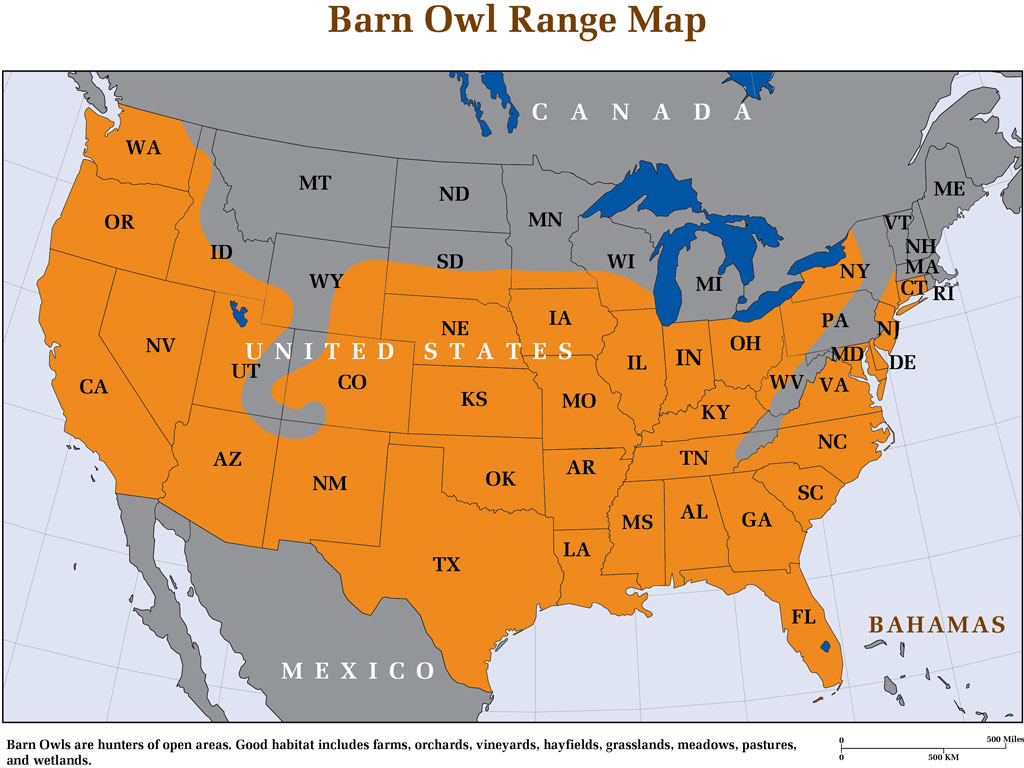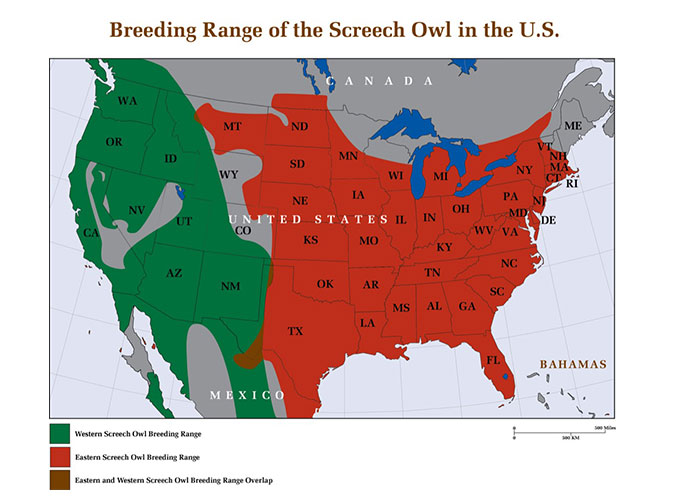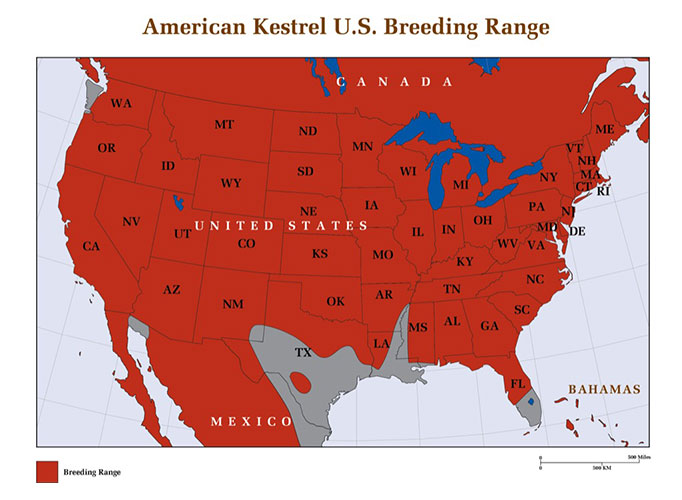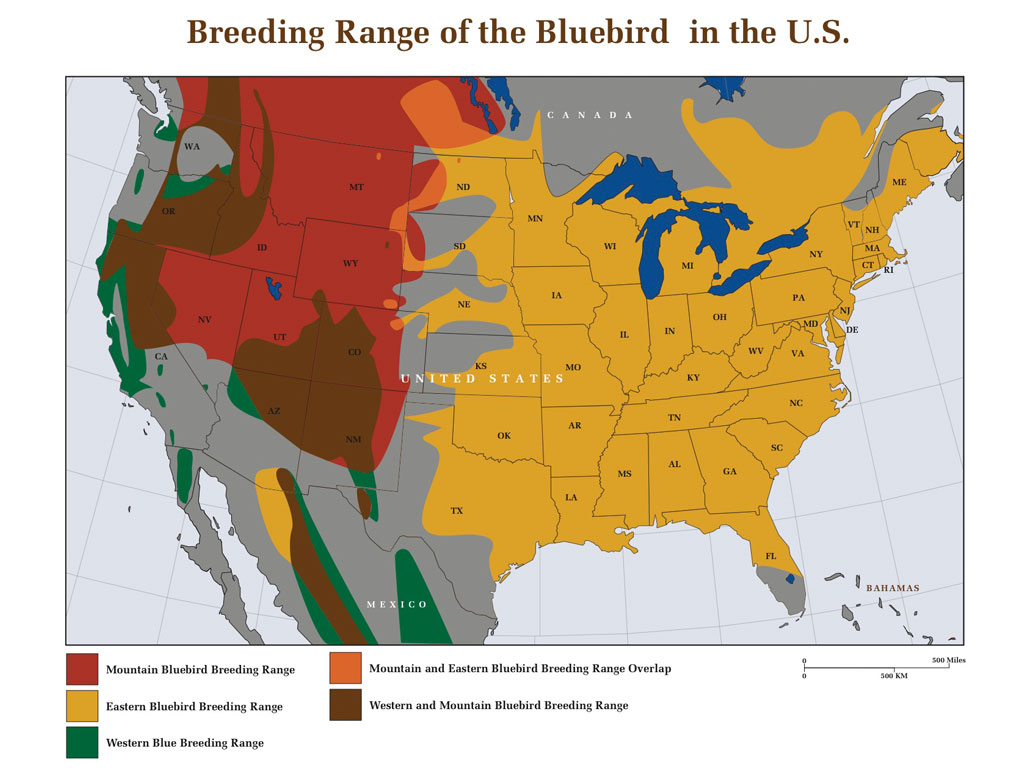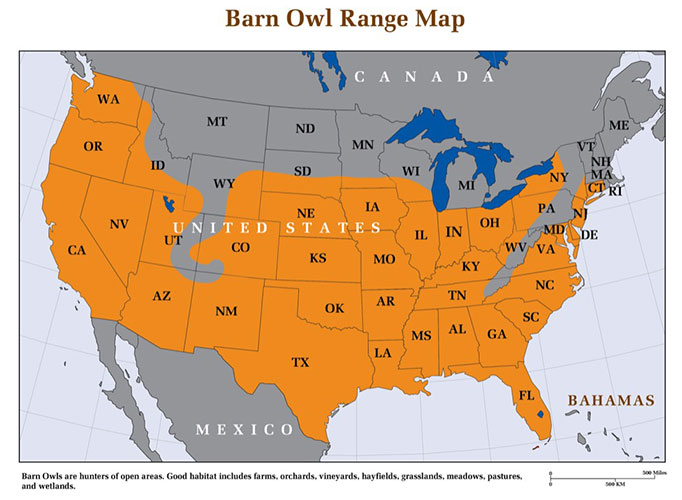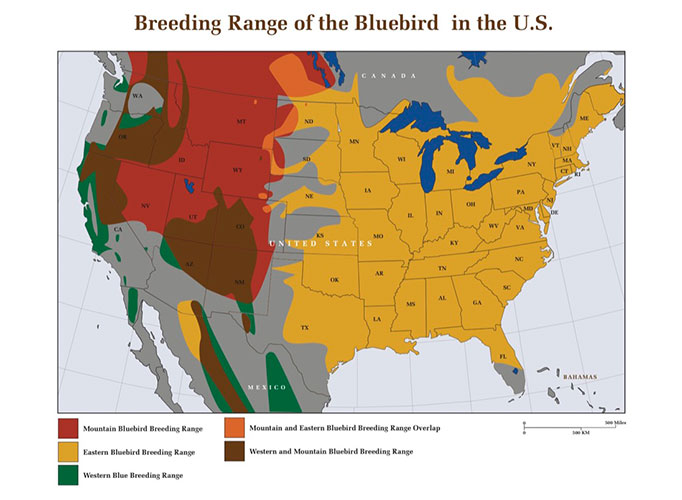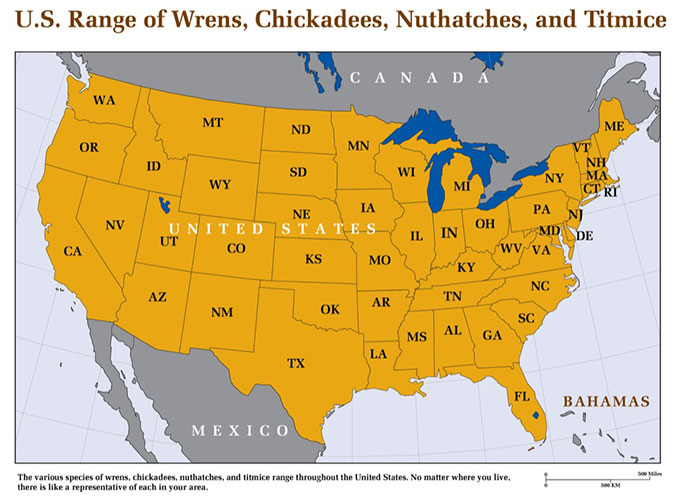Free Shipping to the Contiguous United States
Blackfly Resistant Bluebird House
New Bluebird House Resists Blackflies One of the most insidious invaders of bluebird nests is the blackfly, also known as the buffalo gnat. These bloodsucking insects prey upon any warm blooded host they can find, including birds and mammals (and…

